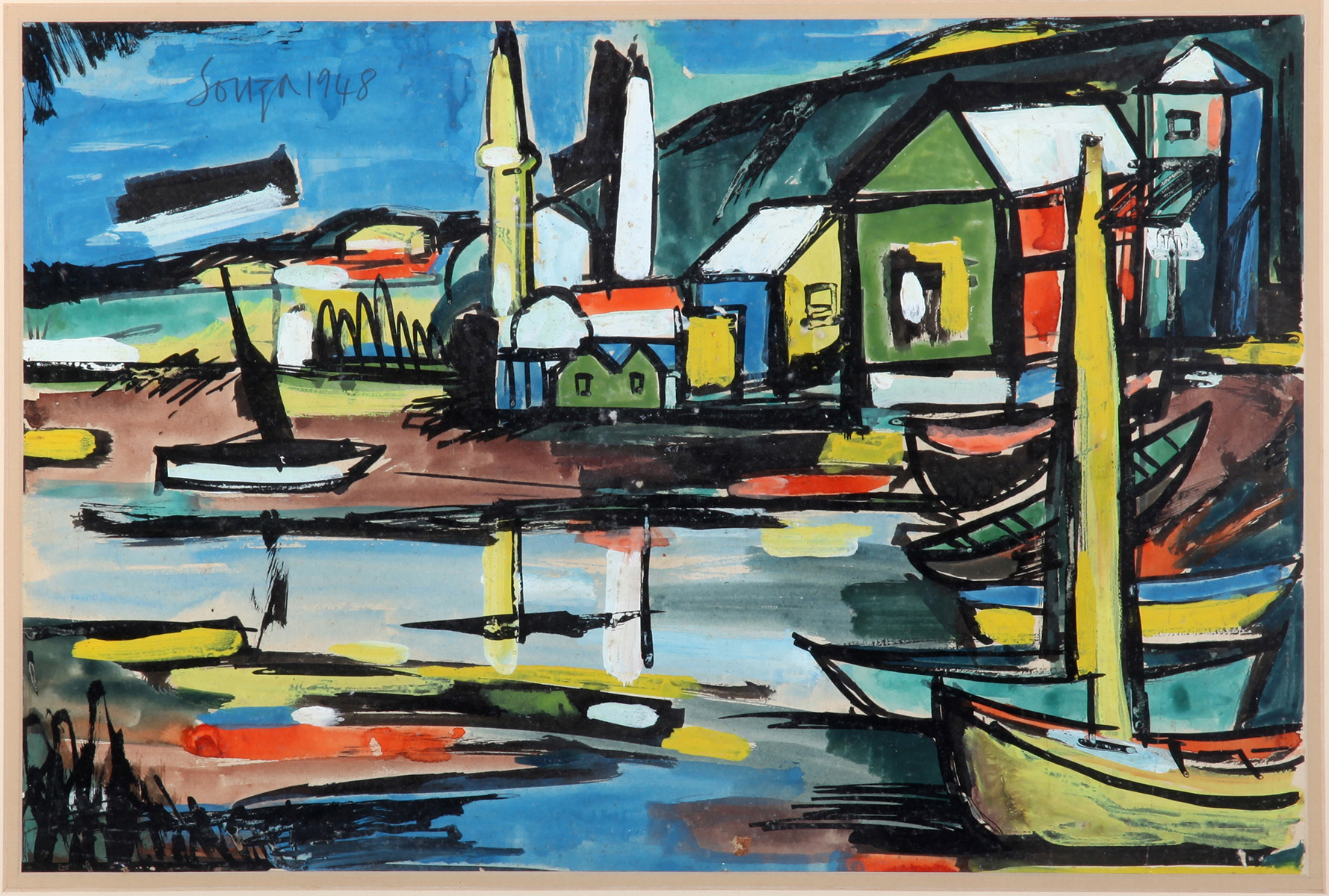Eclectic Visions: Celebrating Modern Indian Art
Eclectic Visions unfolded in the bustling heart of Delhi, showcasing the rich tapestry of artistic expression. From poignant socio-political commentary to vibrant explorations of heritage and the fusion of jazz and art, our exhibit was a celebration of diverse voices and perspectives. The exhibit brought together four distinct voices, each weaving their narratives into the fabric of creativity.
Read More

.jpg)
.jpg)

.png)



